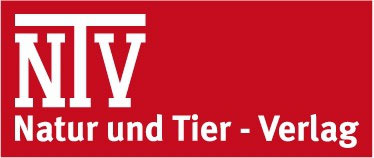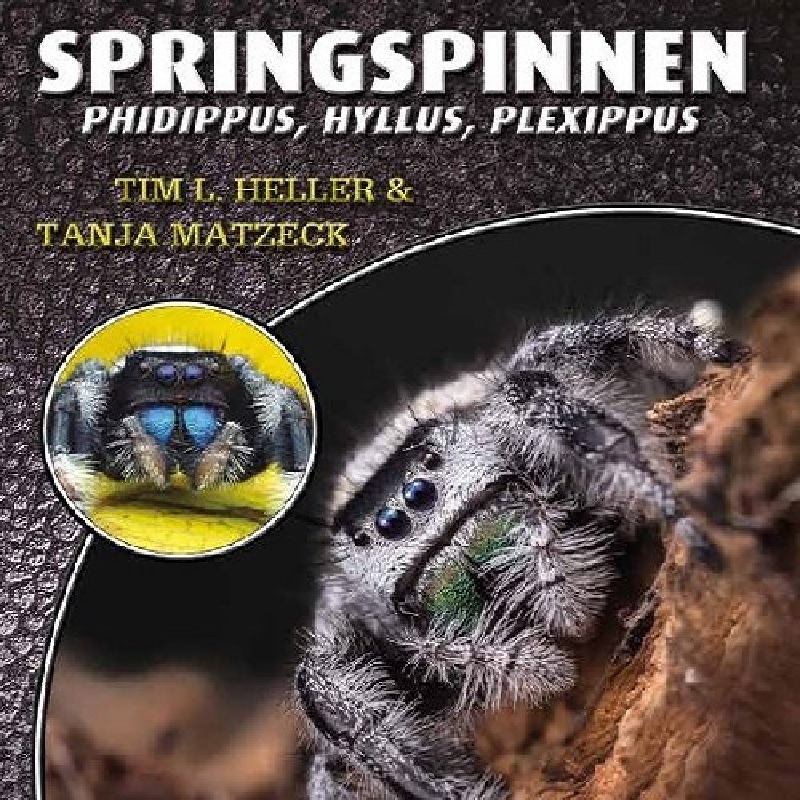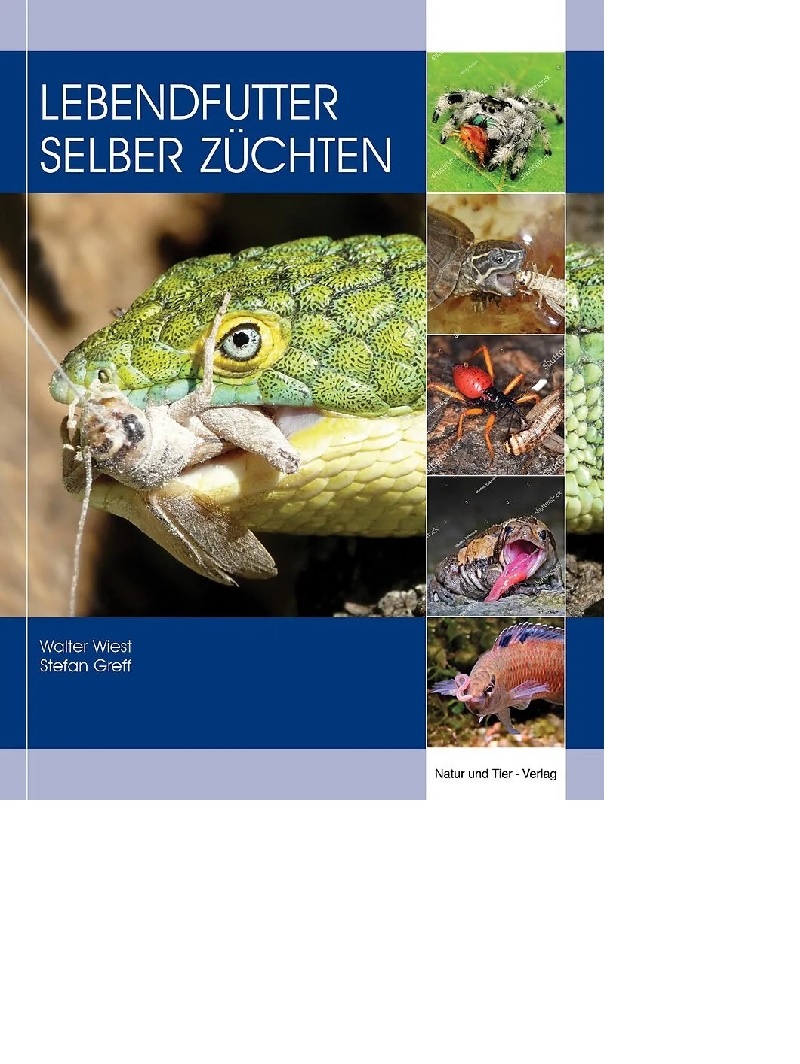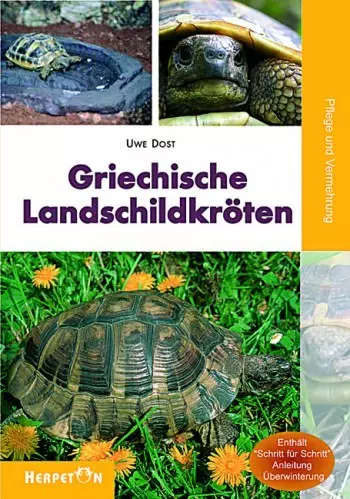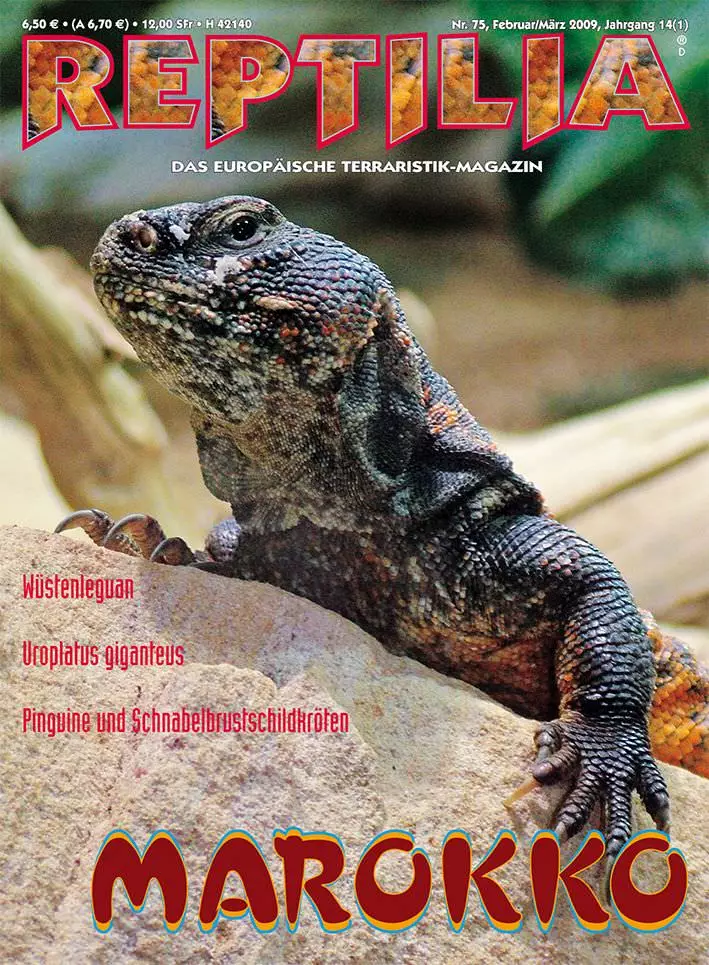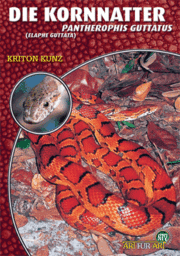

CHF 11.20
Stock: 0
Available in 1-3 days, acquisition time 7 days

Terraria 04 - Erdbeerfröschchen
Grüne Wasseragame
Patagonien
Inhalt:
- 2 Editorial
Matthias Schmidt
TITELTHEMA - 3 • Vielfältig wie keiner: das Erdbeerfröschchen
Karl-Heinz Jungfer - 12 • Auf der Suche nach Erdbeerfröschchen in Costa Rica und Panama
Peter Janzen - 17 • Erdbeerfrösche und ihr Gift
Dietrich Mebs - 22 • Haltung und Nachzucht des Erdbeerfröschchens (Oophaga pumilio)
Peter Janzen & Manfred Salewski
WISSENSCHAFT - 28 Neue Arten
Liste der im Jahr 2006 neu beschriebenen Amphibien- und Reptilienarten
Axel Kwet - 40 Schmuckschildkröten – die Gattung Pseudemys Gray, 1844
Teil 3: Haltung, Vermehrung, Literatur
Andreas S. Hennig - 47 Spitznattern (Gattung Oxybelis Wagler, 1830) im Terrarium
Andreas Hohmeister - 54 Haltung und Nachzucht der Grünen Wasseragame
(Physignathus cocincinus)
Kerstin Franke - 63 Lycosa erythrognatha – Haltung und Nachzucht der Rotkiefer-Tarantel
Thomas Bamann
68 REISE
Durch die Weiten Patagoniens
Heiko Werning
TERRARIENPRAXIS - 81 Testlauf
Alternative Terrarientypen aus dem Zoohandel
Kriton Kunz - 86 Auftakt
Haltung und Nachzucht des Bunten Maskenleguans
(Leiocephalus personatus)
Julius Kramer - 89 Blickfang
Kellerkinder – von Geckos, Schildkröten und einem Hauch Südafrika
Mike Zawadzki - 93 Auch in Ihrer Nähe
- 96 TERRAnetz
Nattern und Vipern / Afrikanische Vogelspinnen - 97 TERRAglobal
Spektakuläre Froschwanderung im Kakadu-Nationalpark
Karl H. Switak
Verhängnisvoll – der Ruf des Tokehs
Mark Auliya & Chris Shepherd - 104 TERRAwinn
0 of 0 reviews
Login
Similar products

